Ho Chi Minh Mausoleum
Ho Chi Minh Mausoleum is one of the most historical attractions in Hanoi, knowing for the final resting place and holding the embalmed remains of President Ho Chi Minh, the most iconic and national hero of Vietnam.
Ho Chi Minh Mausoleum is located in Ba Dinh district, nearby Temple of Literature, West Lake, Hanoi Flag Tower, Imperial Citadel of Thang Long.
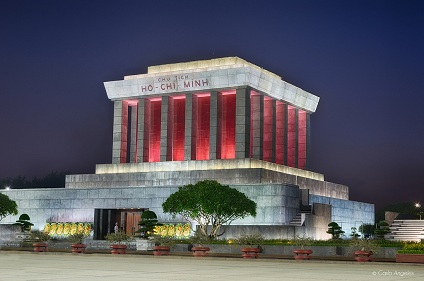
Ho Chi Minh Mausoleum was built in two years from 1973 to 1975. Ho Chi Minh Mausoleum takes some inspiration from Lenin's in Moscow. The Mausoleum, which was made of marble and granite, features a three-stored structure. In the second store places the famous President’s body, lying as if he were sleeping in the simple clothes worn when he was alive. Above the portico of the mausoleum, the words "Chu tich Ho Chi Minh" (President Ho Chi Minh) can be clearly seen chiseled into the pediment, which is supported by twenty stout granite-covered pillars. The materials that constitute the building, from exterior granite to interior wood, were contributed by people from all over the country. Even the garden that surrounded the Mausoleum has a collection of plants and bonsais donated from all regions in Vietnam. In front of the mausoleum is the 79 cycad trees, symbolizing Uncle Ho’s 79 springs of life.
Besides, Ba Dinh Quare in front of the Mausoleum is a place where President Ho declared the independence of Vietnam on September 2, 1945. The square has 240 patches of grass divided by intersecting concrete pathways; visitors are heavily discouraged from walking on the grass.
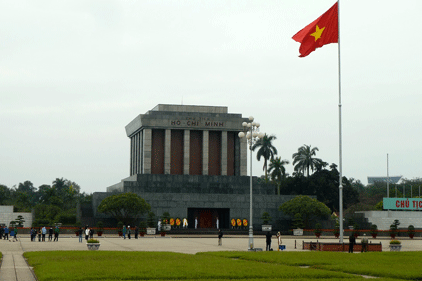
Moreover, you can continue to discovery Ho Chi Minh Complex by visiting the nearby Ho Chi Minh Museum, which contains an account of the man's life as told in allegory and his personal effects, and the Presidential Palace, on which grounds Ho Chi Minh lived after taking power (he never really moved in, contenting himself with living in the former electrician's quarters, then in a custom-built stilt house from the 1950s till his death).
See more
-
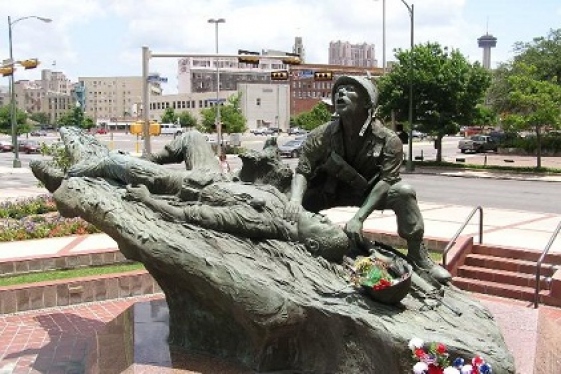
Vietnam War Memorial
Across from the Ba Dinh Square from Ho Chi Minh Mausoleum Building and in between Ho Chi Minh complex and Thang Long ancient city is Vietnam War Memorial.
-
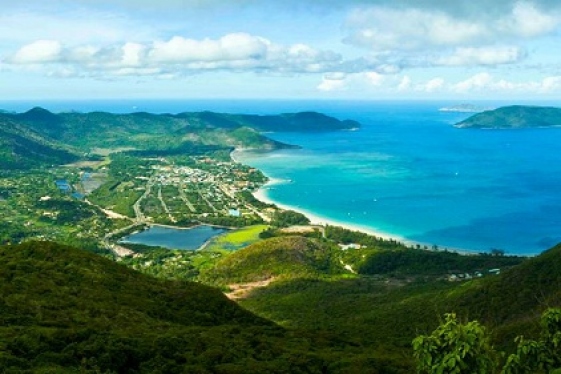
Con Dao National Park
Con Dao is a tourist island and is ranked one of 10 mysterious islands in the world by Lonely Planet. Besides, Con Dao National Park is the 6th Ramsar in the world, and the...
-
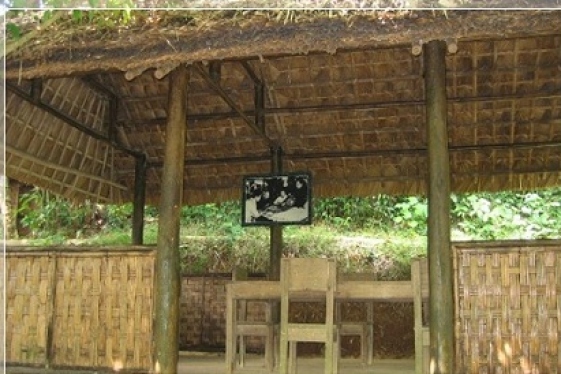
The historical relic - ATK
The most famous historical relic in Bac Kan is ATK, the complex of underground tunnels and rooms emboldened by a missile defense system in Cho Don (Bac Kan).
-

Saint Joseph Cathedral
Saint Joseph Cathedral, located at 40 Nha Chung street, Hanoi, is a Roman Catholic cathedral with neo- gothic style, which was built about 120 years ago.
-
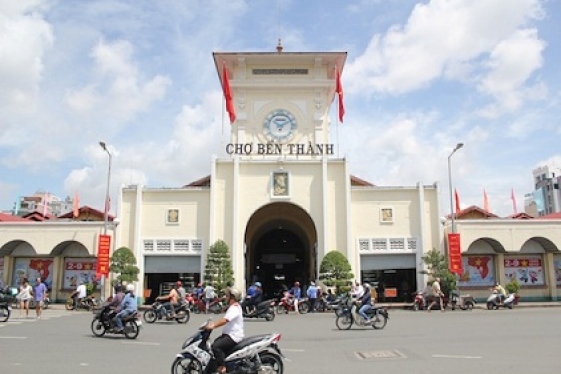
Ben Thanh Market in Ho Chi Minh
Situated in downtown Ho Chi Minh City, bustling Ben Thanh Market in District 1 is a great place to buy local handicrafts, branded goods, Vietnamese art and other souvenirs.
-
.jpg)
Ti Top Island
Located in the heart of Halong Bay, which is only 8 kilometers from the Southeast of Bai Chay Harbor, Ti Top Island is regarded as one of the most attractive site for both...
-
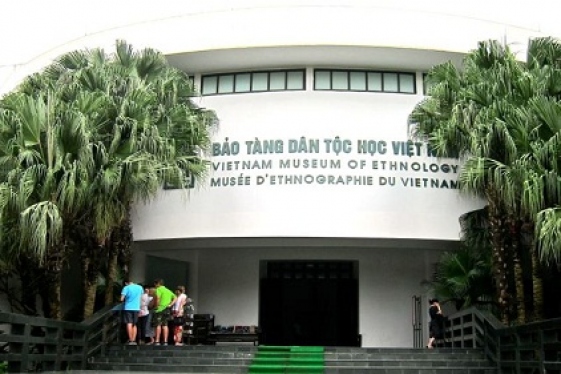
Vietnam Museum of Ethnology
This is the most recent yet probably the largest and undoubtedly the most interesting Museums in Hanoi and Vietnam.
-
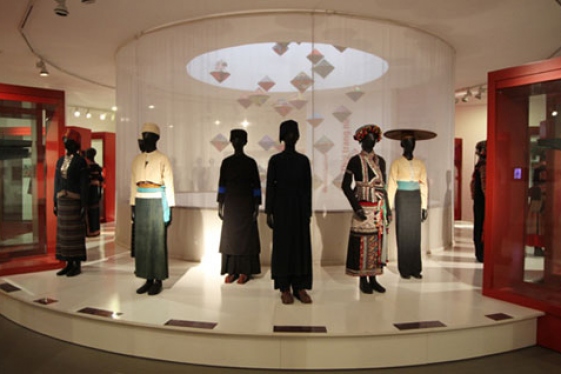
Vietnam Women's Museum
Despite being a patriarchal society, Viet Nam still reserves a special, if not sacred, place to honour Vietnamese women.
-
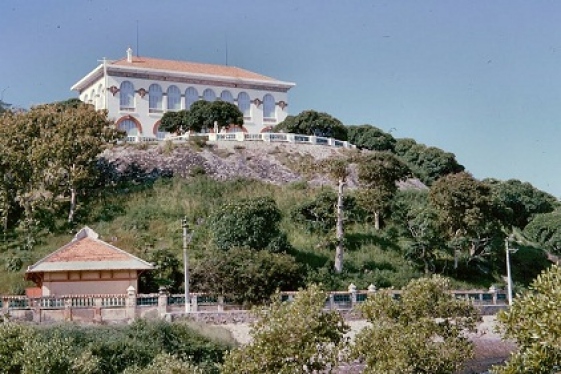
Visiting White Palace
White Palace is an European architecture in the late 19 th century and it is located on the slope of Large Mountain. It was used to be as a relaxing place for the governor...
-
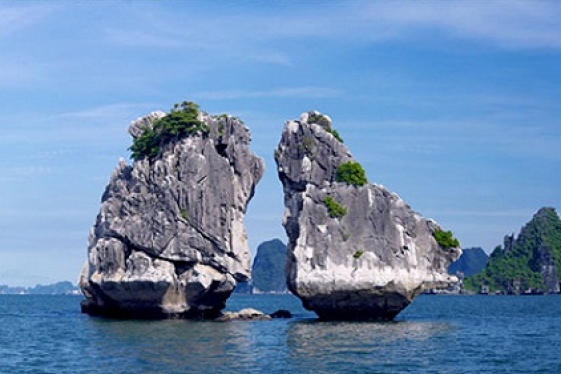
Kissing Rocks
With thousands of islets of different shapes and sizes on its surface, there are countless stories about them in Halong Bay. Among those beautiful islets, there are two most...
Destinations
Most popular tours
-
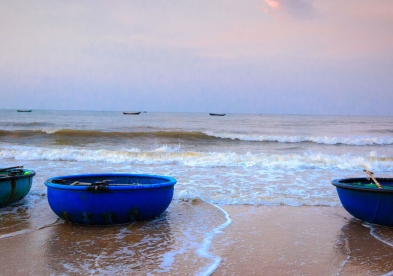
South Vietnam Getaway
Price from: Contact
-
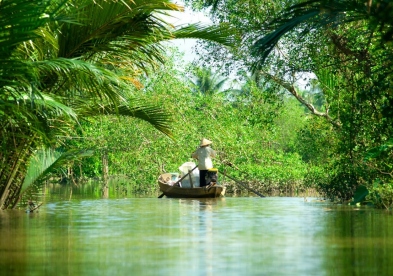
Mekong Delta Tour 2 Days
Price from: 96 US$
-

South Vietnam Hideaway
Price from: 1.710 US$
-

Central Vietnam Gateway
Price from: Contact
Business info
Vietnam Local Guide
- Address: 18th Floor, VTC Online Tower, 18 Tam Trinh Str.,Hai Ba Trung Dist., Hanoi, Vietnam
- Email: info@vietnamguider.com
- Phone: (+84) 0904989890
- Hotline: (+84) 0904989890